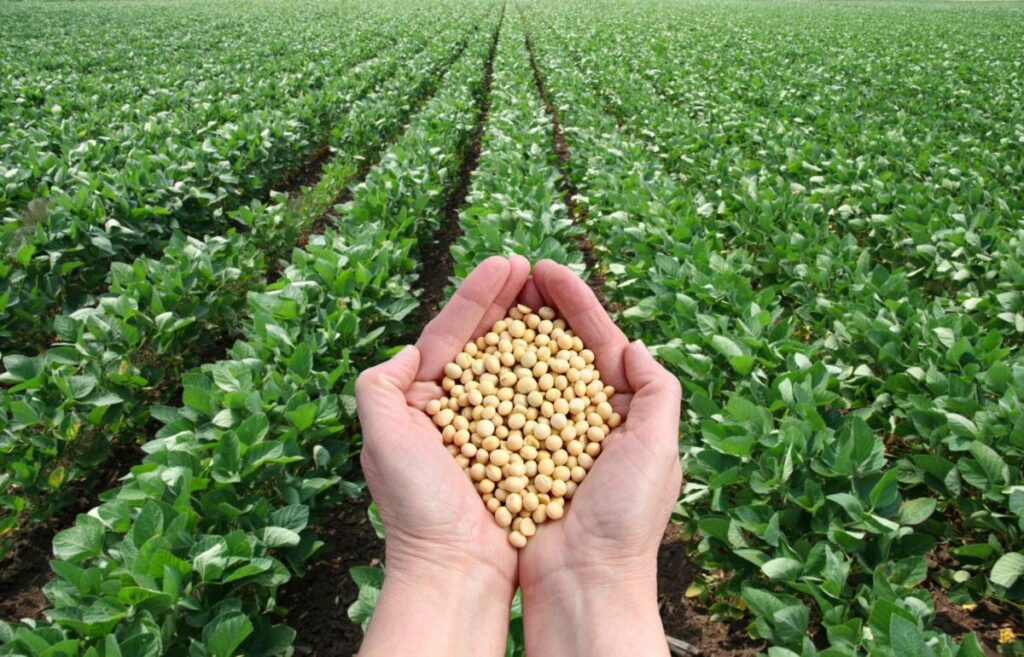The soybean landscape trembles under the weight of international commerce tensions. Global market projections indicate substantial expansion from $169.65 billion in 2024 to an impressive $255.39 billion by 2033, representing a steady compound annual growth rate of 4.65%. This remarkable trajectory emerges despite, or perhaps because of, the intricate dance between major producing nations and consuming regions across our interconnected world.
Trade policies remain volatile actors in this agricultural theater. Recent months witnessed unexpected pivots from traditional patterns as importing countries diversified their supply channels. China, historically the dominant soybean consumer, has initiated strategic relationships with emerging production zones, thereby altering established flow dynamics that many analysts had previously deemed unshakeable.
The market exhibits curious elasticity when confronted by external pressures. Price forecasts suggest uneven movement across derivative products – soybean meal prices are anticipated to retreat to approximately $300 per short ton, while contradictorily, soybean oil might advance to 45 cents per pound. These divergent trajectories unveil the complex underpinnings between raw commodity values and processed goods.
Industry participants navigate this complexity without clear directives. Farmers throughout major agricultural territories make planting decisions amid shifting signals from futures markets that occasionally contradict seasonal tendencies. The resulting acreage allocations sometimes bear minimal resemblance to what economic models would predict under normal circumstances, creating inventory situations that further compound market unpredictability.
Industrial Applications and Consumption Patterns
Biofuel expansion represents a particularly robust driver for soybean demand. The market has witnessed intensifying interest from energy sectors seeking renewable alternatives to fossil fuels. This demand surge coincides with parallel growth in plant-based protein requirements, creating a peculiar competition between food and fuel applications that commodity traders monitor carefully.
Soybean versatility contributes significantly to its market resilience. Yellow varieties predominate commercial agriculture, but green and black variants maintain specialized market niches with loyal consumer bases. The legume’s adaptability extends beyond traditional food applications and into industrial processes where environmental considerations increasingly influence purchasing decisions.
The protein-rich characteristics of soybeans have established them as pivotal components in contemporary nutrition frameworks. Vegetarian and vegan dietary adherents rely extensively on soy-derived products such as tofu, tempeh, and soy milk as protein sources. Additionally, the agricultural sector depends on soybean meal to formulate complete animal feeds, creating an indirect consumption channel that amplifies market sensitivities.
Surprisingly, certain economic modeling suggests that soybean demand occasionally decreases during periods of protein consumption growth – this apparent contradiction reflects the nuanced relationship between raw commodity markets and processed food channels. When examined at the regional level, these patterns reveal marketplace sophistication often overlooked in aggregated analysis.
Regional Dynamics and Future Outlook
Production records continue breaking across primary growing regions despite challenging weather episodes. Brazil’s emergence as a soybean powerhouse has reconfigured traditional market structures by offering alternative sourcing options during seasonal production gaps in North America. This geographic diversification provides stability against isolated regional disruptions but complicates pricing mechanisms.
Investors approach the sector with cautious optimism. The projected CAGR of 4.65% through 2033 indicates sustainable growth potential, yet quarterly fluctuations can manifest severe volatility that occasionally masks the underlying positive trend. Portfolio managers frequently struggle balancing short-term hedging strategies against long-term accumulation objectives in this environment.
Technological innovation penetrates throughout the value chain. Precision agriculture techniques enhance production efficiency, while processing innovations continuously expand soybean application possibilities in both food and industrial contexts. These advancements subsequently influence market dynamics by modifying cost structures and opening entirely new consumption categories previously unavailable to soybean-derived materials.
The path toward $255.39 billion market valuation by 2033 will inevitably encounter unexpected turns and temporary reversals. Weather anomalies, geopolitical tensions, and shifting consumer preferences constitute just a fraction of variables capable of inducing temporary market dislocations. Nevertheless, the fundamental drivers supporting soybean demand maintain robust foundations across multiple sectors and geographic regions, suggesting persistent underlying strength despite periodic surface turbulence.

